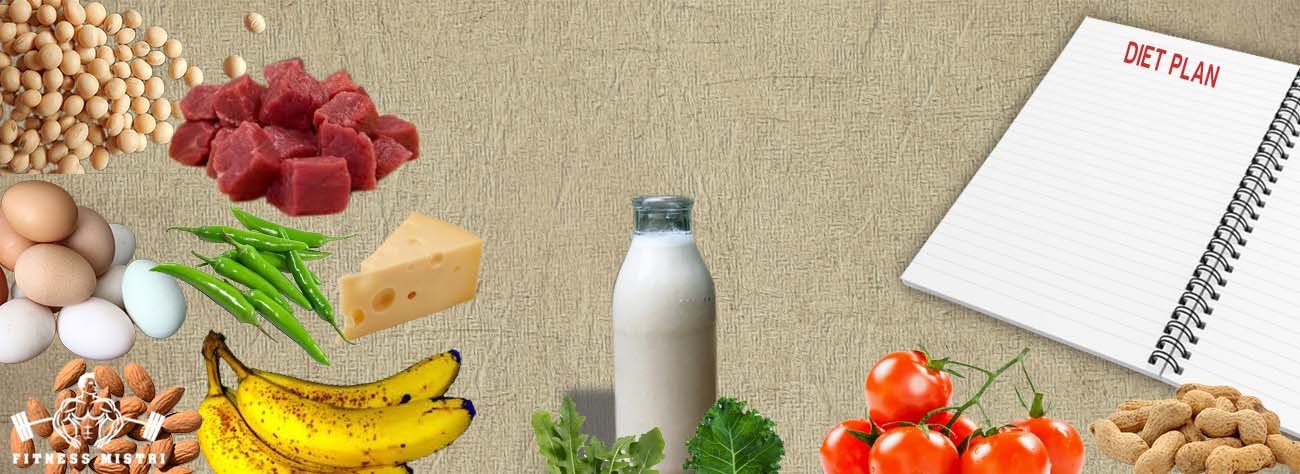Balanced Diet Plan
Your diet plan depends on your specific goals, dietary preferences, and any medical conditions or dietary restrictions you may have. Check out the best diet plan that will keep you fit, lose fat, gain muscles and which will help maintain your health. However, it's important to consult with a healthcare professional or a registered dietitian to tailor a plan to your individual needs.
Determine Your Goals:
• Are you trying to lose weight, gain muscle, maintain your current weight, or address a specific health condition?
• Set realistic and achievable goals.
Calculate Your Caloric Needs:
• Use an online calculator or consult a dietitian to estimate your daily calorie needs based on your goals, age, gender, activity level, and metabolism.
Choose a Balanced Macronutrient Ratio:
• Carbohydrates: 45-65% of daily calories
• Protein: 10-35% of daily calories.
• Fats: 20-35% of daily calories
Plan Your Meals:
• Aim for three balanced meals a day with healthy snacks if needed.
• Include a variety of foods from all food groups.
Focus on Whole Foods:
• Prioritize whole, unprocessed foods such as fruits, vegetables, whole grains, lean proteins, and healthy fats.
• Minimize processed foods, sugary snacks, and sugary drinks.
Portion Control:
• Be mindful of portion sizes to avoid overeating.
• Use smaller plates and utensils to help with portion control.
Stay Hydrated:
• Drink plenty of water throughout the day.
• Limit sugary drinks and alcohol.
Include Protein:
• Include sources of lean protein such as chicken, turkey, fish, beans, lentils, tofu, and Greek yogurt in your diet.
Eat Fiber-Rich Foods:
• Incorporate plenty of fiber from fruits, vegetables, and whole grains to support digestion and satiety.
Healthy Fats:
• Include sources of healthy fats like avocados, nuts, seeds, and olive oil in your diet.
Plan for Special Dietary Needs:
• If you have dietary restrictions or allergies, plan your meals accordingly.
• Adjust your plan as needed based on your results and how you feel.
Monitor and Adjust:
• Keep a food diary to track your intake and progress toward your goals.
• Consider supplements if you have nutrient deficiencies
Monitor and Adjust:
• If you have specific health concerns or need personalized guidance, consult a registered dietitian or professional.
• Avoid extreme diets and focus on sustainable, long-term changes
• Consistency is key to achieving your dietary goals.

